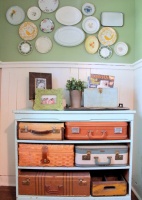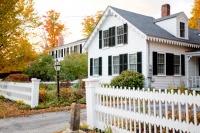Care and Training for a Vine-Covered Home
http://decor-ideas.org 04/23/2014 21:42 Decor Ideas
A vine-covered house can be so charming, it’s worthy of a fairy tale. But those clinging vines can also damage surfaces, make brick crumble and provide cover for pests like spiders or even mice and rats. Let’s explore ways to get the allure of a vine-covered home while minimizing damage.

How vines climb. Most climbing vines adhere to surfaces by using clinging roots, sticky pads or twining tendrils. Clinging-root and sticky-pad types have the most potential to cause damage to a home’s exterior. Twining tendrils must grow around a support but can also cause serious damage to a home if they begin to twine around a gutter, window or roofline.
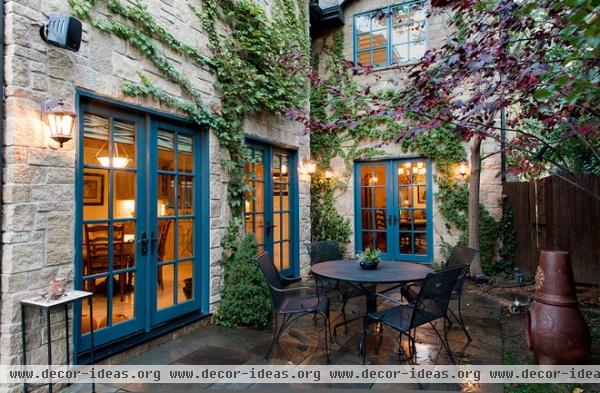
Choose the right vine. One way to minimize damage is by choosing a type of vine that is less likely to damage your home. Avoid English ivy, which has very tough clinging roots and is known to be invasive. Boston ivy or Virginia creeper would be a better choice for a classic vine-covered look, or try a climbing variety of clematis if you prefer something that flowers — check with a local nursery to find out the best option for your climate.
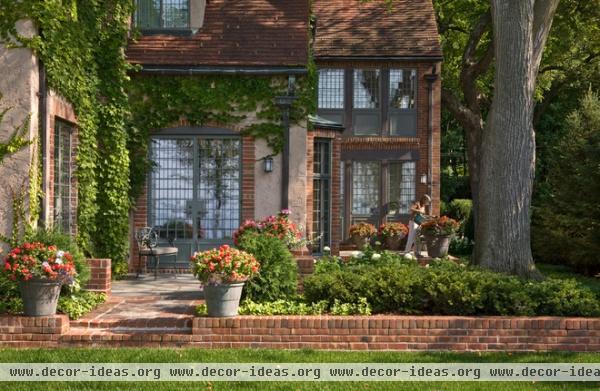
Can you ever have vines climb your house safely? The short answer is yes. If you have a brick or masonry home, it may be possible to have that vine-covered house of your dreams without damage being caused — that is, if the masonry is in perfect condition. Vines generally do not damage sturdy brick and mortar or stonework, but give them a tiny crack or chip, and the roots can work their way in, causing larger cracks and crumbling.
Homes with shingles or vinyl siding should have trellises, as vines grown directly on these surfaces can loosen and break shingles and pull off siding. Vines can trap moisture against the house, making them a poor choice for wood siding as well. Stucco is a mixed case: In good condition it is fairly sturdy, but removing the vines can chip and damage the surface.
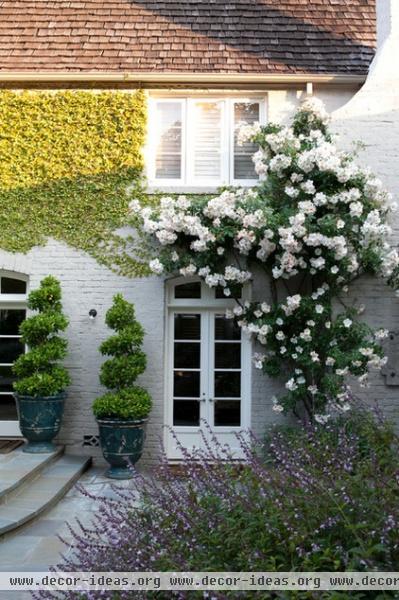
Grow vines on a trellis or support. The best way to avoid damage to your house is by training vines to grow on a trellis placed at least 6 inches away from the side of your home — most are placed too close, which allows the vines to adhere to the exterior wall and the trellis. Any type of vine that can climb on an exterior wall should also be able to climb a sturdy trellis without a problem.
Trellises can even be built with a hinge at the bottom, allowing the entire structure to be tipped forward when you need to access the exterior, such as for repainting.

Want a fully vine-covered look? You can still get that using trellises. Take this garden shed as inspiration — cleverly positioned supports allow the vines to cover the structure without actually growing on it, protecting it from damage.
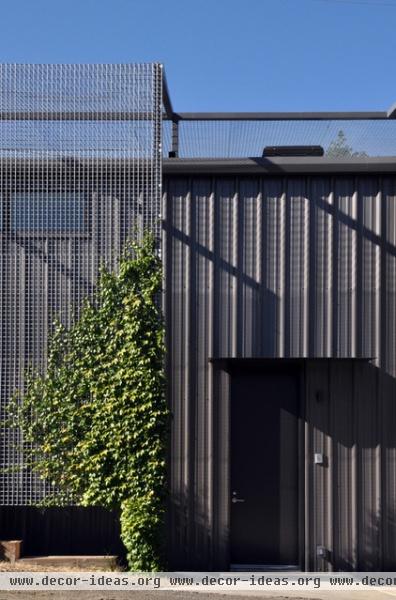
Modern spaces call for a twist on the traditional trellis — try a sleek metal grid like the steel support shown here. Once fully covered with vines, the support itself will be almost invisible, as in the last photo.
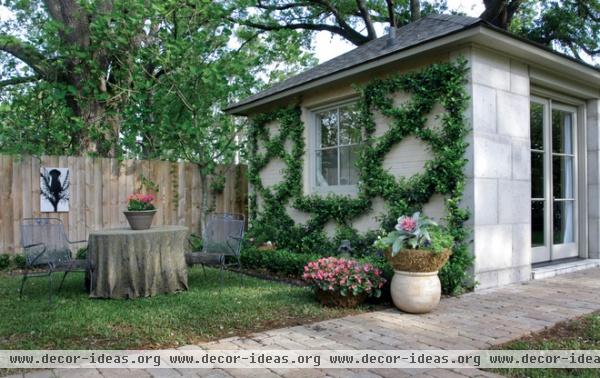
If you can devote the time to it (or are able to hire a gardener), you can train your vines to grow on a patterned support.

Be vigilant about upkeep. Whether you grow your vines directly on your house or on a support, regular maintenance is essential. Keep vines trimmed clear of windows, doors, drainpipes, gutters, shutters and rooflines — any type of vine that becomes entangled in your home’s architectural features can cause serious damage, including leaks and rot.

Get your kicks with a garden wall. If keeping a vine-covered exterior in line sounds like too much trouble, why not try a vine-covered garden wall instead? It has all of the charm and romance, but because it is not attached to a home, many of the concerns do not apply.
Are you a fan of the vine-covered look? Please share your own photo in the Comments!
Related Articles Recommended








